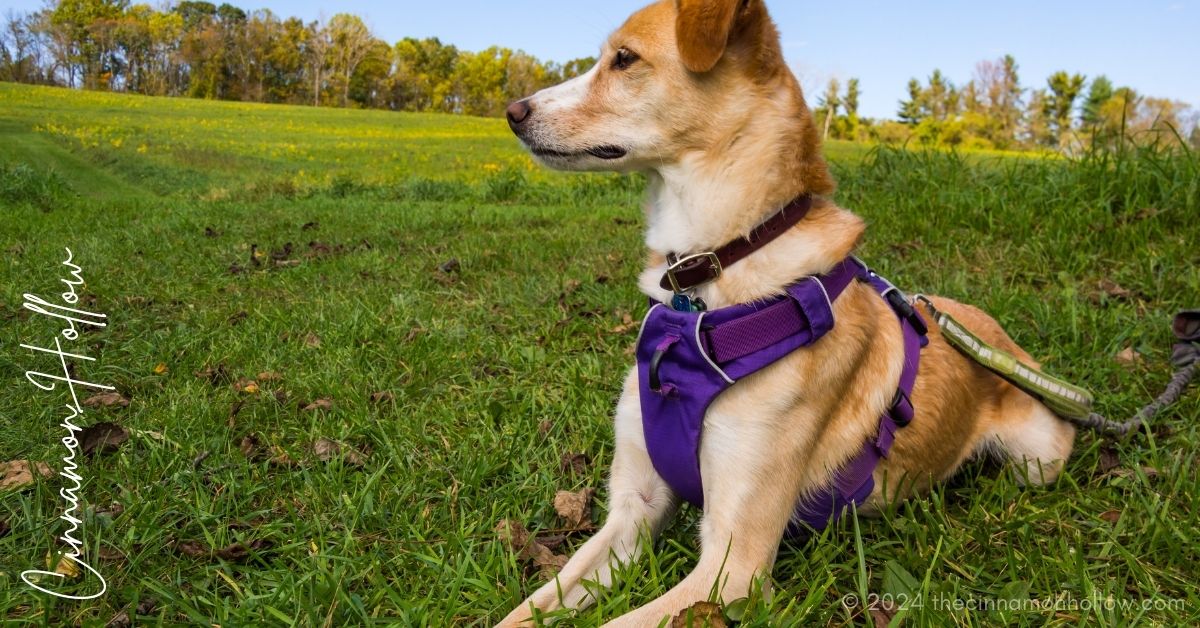The domain of pet care has experienced a revolutionary change, particularly in dog walking accessories. The modern-day dog harness is a testament to this evolution, showcasing advanced features that prioritize a dog’s health and well-being. These innovations are born from a deep understanding of canine anatomy and behavior, ensuring that each walk is a nurturing experience rather than a stressful ordeal. Utilizing the latest materials and design philosophies, today’s harnesses are light-years ahead in providing comfort and support, reducing the risk of injury, and offering enhanced control for owners during walks.
The Historical Journey of Dog Harnesses
Tracing back through history, the development of dog harness reflects our growing understanding and compassion toward our canine partners. Early domestication saw simple contraptions, often improvised with whatever materials were at hand, but they could have been more comfortable and safe. As our bond with dogs strengthened, so did the refinement of their gear, aiming to mitigate discomfort and maximize utility. Dramatic shifts came as we entered the modern era, with designers leveraging new materials and insights from behavioral studies to create harnesses that affirmed our commitment to the health and happiness of our dogs.
The Anatomy of a High-Quality Dog Harness
A high-quality dog harness is the culmination of careful consideration of multiple factors. Discriminating pet owners are drawn to products scoring high on form and function. The fabric chosen often balances resilience against wear and tear with softness to prevent chafing. Then there’s the style: vest harnesses spread pressure evenly and are easy to put on; step-ins are intuitive, and no-pull designs gently dissuade dogs from their tug-of-war tendencies. It’s not just about keeping up with trends; it’s about ensuring the quintessential walking experience finds a harmonious balance between control and freedom, safety and comfort.
The Health Benefits of Proper Harness Usage
Choosing the proper harness can prevent various potential health issues for canine pets. A well-fitted harness can be far preferable to a collar, which may put undue pressure on a dog’s throat and neck – an area that houses critical structures like the trachea and esophagus. A harness, by design, distributes the force around the chest and shoulders, alleviating pressure and reducing the risk of injury, particularly in breeds prone to respiratory issues.
Choosing the Right Harness for Your Dog’s Breed and Size
Ensuring a precise fit is essential when selecting a dog harness. Canine physiques vary tremendously from the compact frames of terriers to the stout chests of bulldogs or the elongated backs of greyhounds. Harness manufacturers have answered this call with diverse products tailored to specific breed needs. A snug yet comfortable fit is not a luxury; it is necessary to prevent escape or injury during walks. An adjustable harness can accommodate growth and weight changes, ensuring comfort throughout a dog’s life.
The Connection Between Harnesses and Behavioral Training
Modern dog harnesses are not just tools for control; they are behavioral modification and training instruments. No-pull harnesses are particularly effective at teaching leash etiquette, often equipped with front attachment points that naturally guide a dog’s attention back to its handler without causing discomfort. This method of gentle guidance is invaluable in reinforcing positive behavior and obedience, fundamental tenets of a harmonious pet-owner relationship. Also, given the variety of training methodologies, the versatility of modern harnesses is indispensable for consistent, positive reinforcement.
Safety Features to Look for in a Modern Dog Harness
The newer dog harnesses bring comfort and an increased focus on safety. Reflective stitching or panels become vital when walking during low-light conditions, ensuring your dog stays visible to oncoming traffic. Some harnesses are fitted with sturdy handles atop the harness, providing a quick means to manage your dog in emergencies or when immediate control is required. These thoughtful inclusions. It enhances the safety profile of modern harnesses and offers pet owners additional peace of mind.
Harnesses and Dog Welfare: A Look at the Research
Scientific research is indispensable in guiding the design and usage of dog harnesses. Such studies provide empirical support to design philosophies and help point the way to harness options that are more than just functional; they’re an extension of our care and attention to our pets’ well-being.
Stories of Transformation: How the Right Harness Changed Lives
Anecdotal evidence often speaks volumes about the real-world impact of proper pet equipment. Countless dog owners can recount tales of transformation where introducing a suitable harness has led to more relaxed, enjoyable walks, profoundly affecting a dog’s behavior and disposition. Beyond practical benefits, these stories illustrate how the right harness choice can enhance the quality of life for both pets and their owners, solidifying the bond that is treasured by many.
The Future of Dog Harnesses: Innovations on the Horizon
In an ever-evolving market, dog harness innovation accelerates with remarkable forward momentum. From harnesses equipped with GPS and fitness tracking capabilities to those constructed from recycled or vegan materials, the intersection of technology and ethical manufacturing promises a new era of pet care products. As these developments unfold, we stand on the precipice of witnessing breakthroughs that offer customizability, eco-friendliness, and even deeper insights into the lives and health of our beloved dogs.








